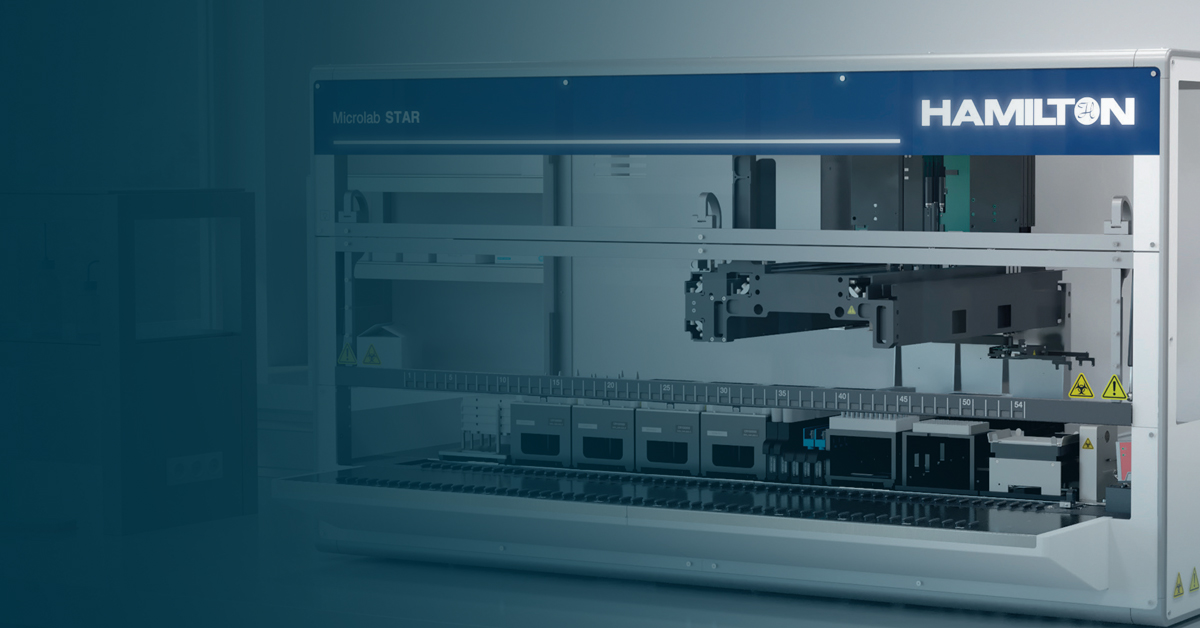
In part two of this blog series on selecting biomarkers for clinical research of the central nervous system, Talking Trials asked Worldwide’s Dr. Drosopoulou, author of the recent article, “A Methodology for Advancing the Selection of Biomarkers for Use in Psychiatric Clinical Trials,” published in the Journal for Clinical Studies, to weigh in on the use of biomarkers for clinical research.

In part one of “A Methodology for Advancing the Selection of Biomarkers for Use in Psychiatric Clinical Trials”, we discussed the qualitative evaluation of various neuroimaging modalities undertaken with the intent of suggesting biomarkers to predict therapeutic response to antipsychotic drugs in schizophrenia clinical trials.
Here, we use quantitative analytic techniques to examine more closely the structural MRI (sMRI) modality because it showed the highest level of qualitative evidence to support the application of imaging biomarkers in clinical trials.
Imaging Biomarkers in Antipsychotic Medication Trials
A meta-analysis was undertaken to examine a number of sMRI outcomes associated with antipsychotic medication trials that had at least one pre- and one post-medication sMRI assessment.
Of the 35 articles that underwent qualitative review, only ten were suitable for meta-analytic review as only they contained adequate data required to calculate effect sizes (ESs). Overall, twelve regions of interest (ROIs) were identified across these ten publications for analysis, including whole brain, total grey matter, total white matter, ventricular size, and various cortical lobes and subcortical structures. The number of observations for each ROI ranged from a low of 2 to a high of 80 (for grey matter). Importantly, each of these outcomes could be considered as a possible imaging biomarker. Due to this, specific ROIs were grouped into anatomic regions, such as the basal ganglia (caudate nucleus, putamen, nucleus, and accumbens), whenever possible.
Subject numbers for individual clinical studies ranged from 10 to 73, with 145 schizophrenic subjects included overall. Trial patients included both drug-naïve, drug-treated, first-episode, and chronic schizophrenics.
To control for the large differences in sample sizes, studies were weighted according to their inverse variance estimates. Weighted ESs (Hedges’ g) were calculated for change from baseline for each brain region along with 95% confidence intervals (CIs).1,2
Meta-analyses were conducted using Comprehensive Meta-Analysis, Version 2.0. In order to standardize medication effects, an effect size (Hedges’ g) was calculated by taking the mean difference in pre-/post- brain volume values and dividing this value by the pooled standard deviation, with an adjustment for small sample bias. In order to assess homogeneity across clinical studies for each imaging variable, the Cochran Q-statistic was calculated, and a random effects model was used to calculate effect sizes only if the Q-statistic revealed significant within-group heterogeneity. No evidence of publication bias was observed, as indicated by a symmetric funnel plot and a non-significant Begg test (p=0.21, one-tailed) and Egger test (p=0.32, one-tailed).
Analysis of intervention effects on brain volume (across different types of medication) revealed a medium overall effect size (g=0.45197, 95% CI= -0.56, 0.17) according to Cohen’s criteria.3 Unfortunately, an analysis of homogeneity did not support examining the effects of moderator variables, such as patient type, age, or gender, nor the use of a random effects model to assess potential variables (QB[133]=133.299 12, p<0.45). Of the 12 ROIs examined, only one outcome measure reflecting total white matter effect yielded a significant effect size (g = -0.57, CI -1.1, -0.01) corresponding to decreased white matter volume associated with overall treatment. This ES increased with study duration and was greatest at 24-week study duration (-0.56, -0.76, -0.94 for studies >4, 12, and 24 weeks, respectively). As a class, typical antipsychotic medications were associated with decreases in white matter (g=-1.34), whereas no reliable changes were noted for atypical antipsychotics as a class (g=-0.35) as the confidence intervals (Cis) crossed zero. However, two individual atypical antipsychotic drugs were associated with an overall decrease in white matter (g=-0.68) but a contrasting increase in grey matter (g=0.24).1,2
These quantitative results suggest that it is possible to more confidently select imaging biomarkers in clinical trials that are likely to be sensitive to antipsychotic medication effects. Notwithstanding a possible backdrop of progressive brain deterioration and the limited data available, this meta-analysis is among the first to report significant changes in brain volumes (in both white and grey matter total) associated with antipsychotic medication treatment. Changes in white matter over time are not unexpected, and some putative mechanisms accounting for this in have been proposed. For example, Christensen et al. have suggested that excitotoxicity-induced myelin swelling causes functional and anatomical disconnectivity in schizophrenic patients (manifesting as psychosis exacerbation), which remits after successful treatment and accounts for a reduction in white matter volume.4 However, it is unclear how medication may exacerbate this process.
The Efficacy of sMRI Biomarkers in Clinical Trials
In summary, the qualitative review suggested that sMRI biomarkers yielded the highest level of biomarker evidence and further concluded that consistent methods for imaging acquisition and analysis are needed, that different modalities may be best utilized at various phases of clinical development and disease course, and that matching the imaging modality to a specific research question should result in better utilization of imaging biomarkers that are more sensitive to treatment effects in a clinical trial setting.5
The quantitative review partially supported the qualitative analyses by suggesting that only one of the twelve ROI-based biomarkers investigated (total white matter) yielded a significant effect size related to decreased white matter volume associated with overall treatment. Therefore, measures reflecting total white matter may serve as a useful biomarker that could potentially become a predictive classifier for selecting patients for clinical trials or serve as an efficient biomarker to track treatment response for both novel and existing schizophrenia drugs.
The inclusion of other neuroimaging biomarkers in clinical research may also be warranted, provided there is some putative mechanism of action that might be related to that biomarker or prior data. It should be noted that this methodology may be initially best suited for the comparisons of biomarkers within a given category (e.g., either electrophysiological or neuroimaging or blood-based alone) before it is applied to comparisons of optimal biomarkers across categories (e.g., comparing electrophysiological biomarkers to neuroimaging biomarkers), which may yield multiple high evidentiary grade biomarkers.
Finally, further research is also required to assess the utility of the combination of various biomarkers as well as their relationship with schizophrenia symptoms and outcomes. Despite these shortcomings and the fact that the current methodology does require some degree of time and statistical acumen, this standardized methodology should be viewed positively by drug developers seeking to constrain drug development timelines and costs, given the expense and burden borne by simply adding biomarkers with little regard to their chances of better predicting or tracking treatment effects.
If you have questions about biomarker selection in schizophrenia clinical trials or more generally about neuroscience research, please get in touch with Dr. Natalia Drosopoulou.
References
- Riordan H, Dawson K, Cutler N, Chen N, Potkin S, DeSanti S. Meta-analysis of structural magnetic resonance imaging (sMRI) biomarkers in schizophrenia medication trials. Abstract presented to the International Society for CNS Clinical Trials and Methodology meeting; Feb 21-23, 2012; Washington DC.
- Riordan H, Moberg P, Dawson K, Cutler N. Quantitative analysis of cognitive and imaging biomarkers in schizophrenia medication trials. Abstract presented at Cognition in Schizophrenia 2012: A Satellite Meeting of the Schizophrenia International Research Society; April 14. 2012; Florence, Italy.
- Cohen J. A power primer. Psychol Bull. 1992 Jul;112(1):155-9.
- Kubicki M, McCarley RW, Shenton ME. Evidence for white matter abnormalities in schizophrenia. Curr Opin Psychiatry. 2005 Mar;18(2):121-34.
- Chen N, De Santi D, Fu D, van Kammen D, Moore C, van Erp T, Riordan H, Potkin S. A qualitative evaluation on evidence level for selective imaging biomarkers in schizophrenia clinical trials. Abstract presented to the International Society for CNS Clinical Trials and Methodology meeting; Feb 21-23, 2012; Washington DC.



